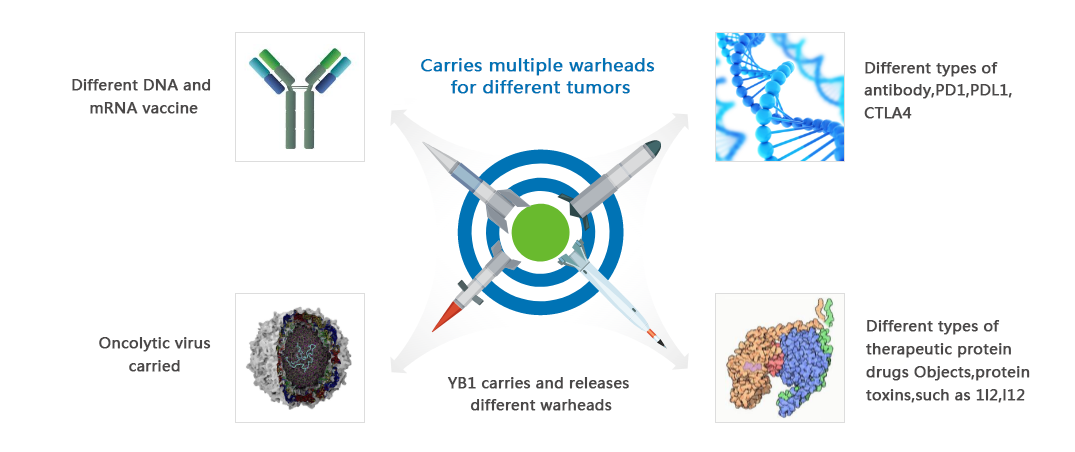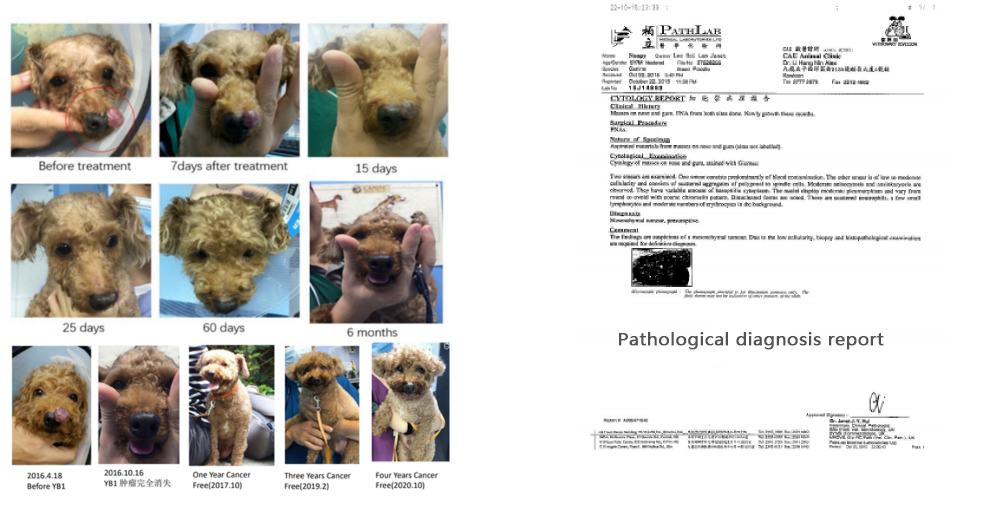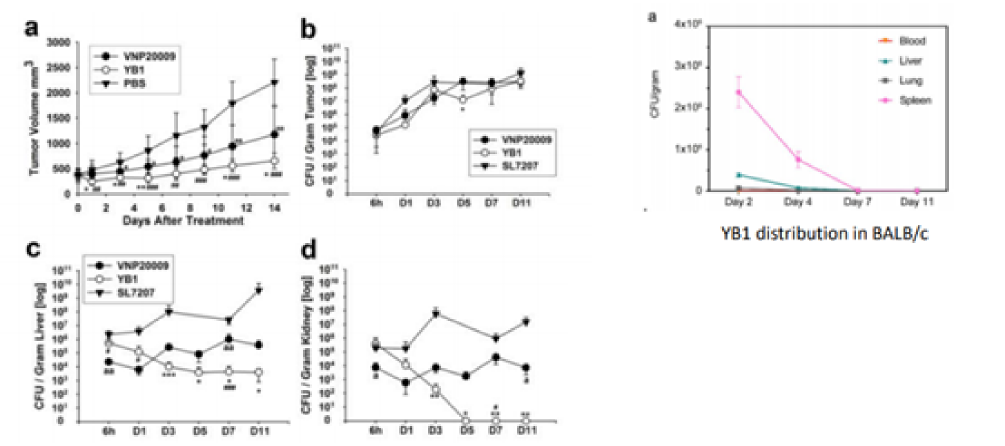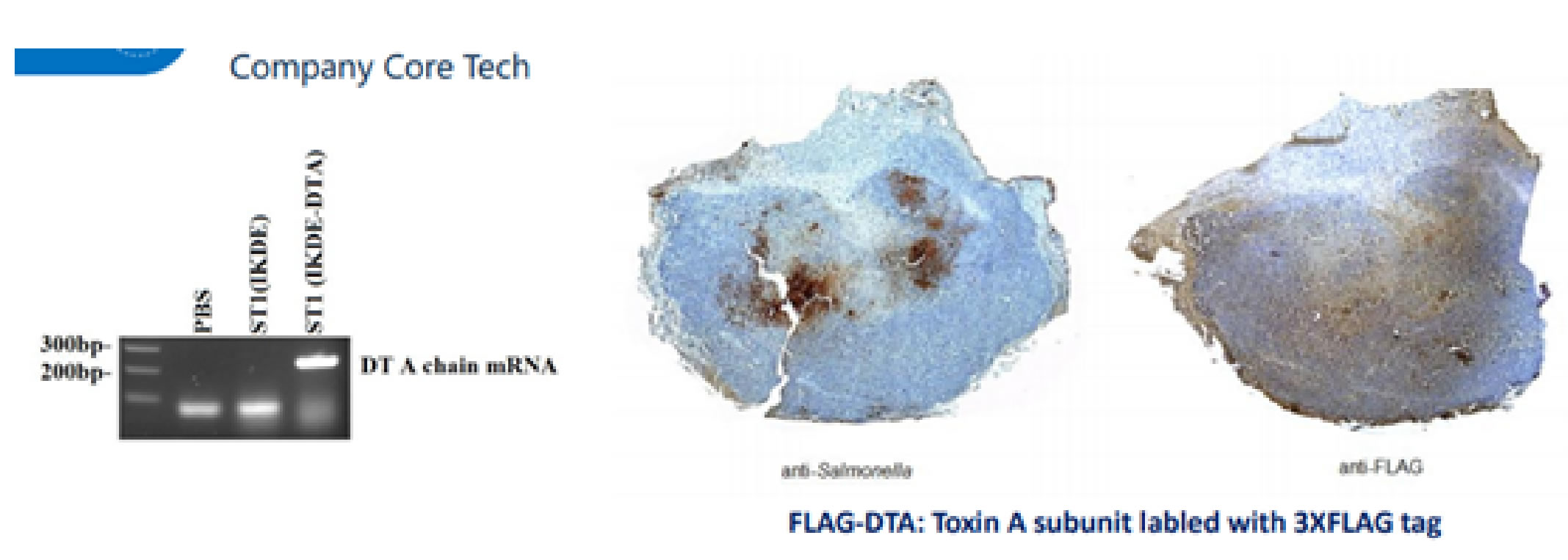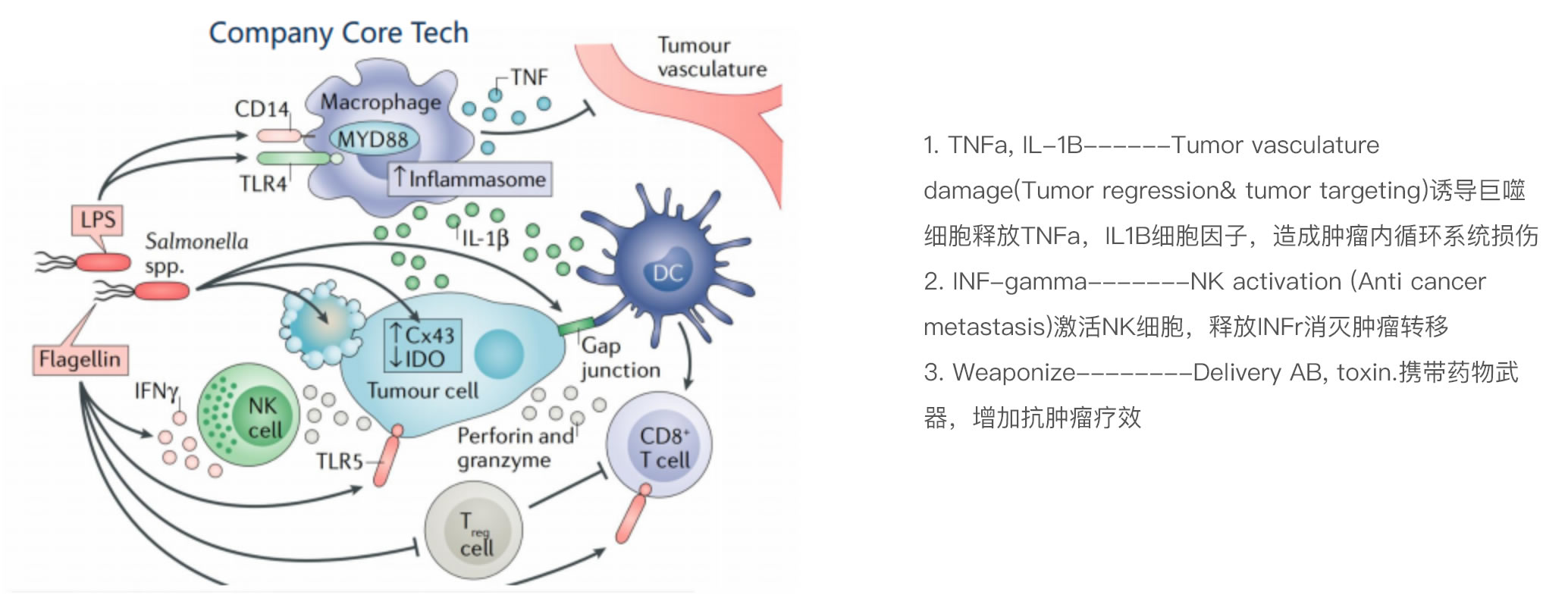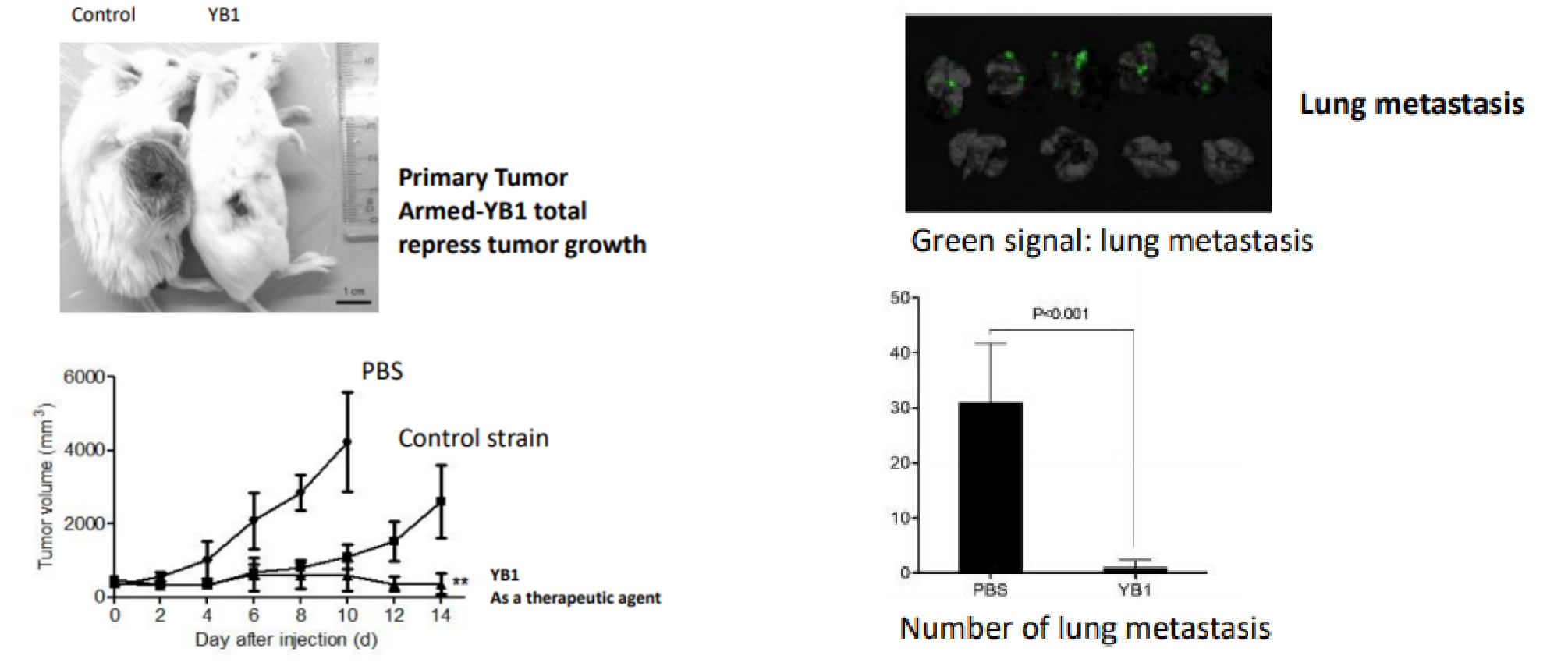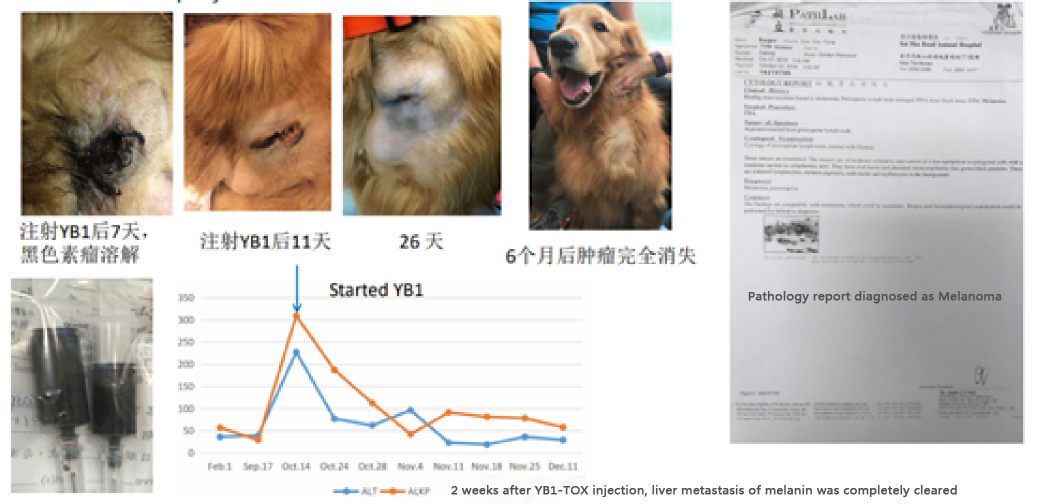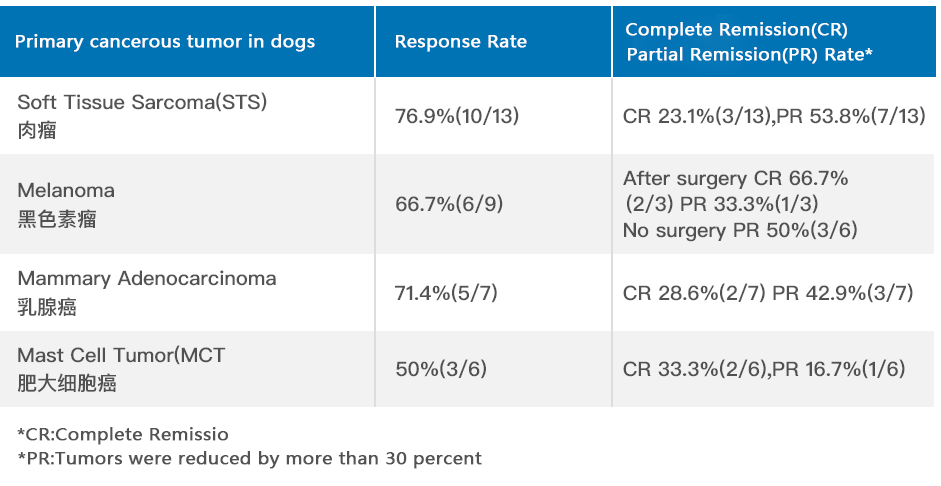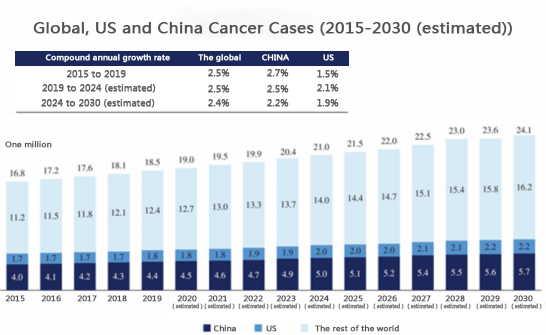
According to Frost & Sullivan, there were 18.5 million new cancer cases worldwide in 2019 (including 1.8 million new cancer cases in the United States). It is estimated that 24.1 million new cancer cases will occur in 2030 (including 2.2 million new cancer cases in the United States), representing a compound annual growth rate of 2.4 percent from 2019 to 2030.
Despite advances in new treatments, cancer remains a challenge for modern medicine and there is a large unmet medical needs in China. According to Frost & Sullivan,Cancer is the second leading cause of death in China. There are 4.4 million new cancer cases in 2019 and expected to 5 million cases in 2024.
With the growing number of cancer patients worldwide, the scale of the global cancer treatment market is expected to show explosive growth at home and abroad.
According to Frost & Sullivan, the global oncology drug market is expected to increase from $143.5 billion in 2019 to $244.4 billion in 2024, and further to $391.3 billion in 2030. The U.S. oncology drug market is expected to increase from $67.8 billion in 2019 to $115.2 billion in 2024, and further to $179.7 billion in 2030.
It is worth noting that the number of innovative therapies approved by the FDA for the treatment of tumors has increased recently. Frost & Sullivan expects that in the near future, more innovative biological drugs will appear in the oncology drug market, with better curative effects and fewer side effects than existing therapies.
In recent years, the Chinese oncology drug market has grown rapidly. The sales of Chinese oncology drugs increased from $16.9 billion in 2015 to $28.1 billion in 2019, with a compound annual growth rate of 13.5%. It is expected to further increase to $56.5 billion in 2024 with a compound annual growth rate of 15.0% and an estimated $101.8 billion in 2030. Chinese oncology drug sales will sudden rise and get more market share.China is expected to approve more innovative cancer drugs.
-
Characteristics of solid tumor microenvironment1. There is a hypoxic area in the center of tumor. The oxygen concentration is lower than 0.5% in this area which is obviously different from normal organs (oxygen concentration is 1-5%).
2. The poor blood circulation of solid tumor results in strong drug resistance to various chemotherapeutic drugs, antibody-based drugs, and cellular drugs.
-
Pain points of traditional solid tumor treatment
Traditional drug therapy, chemotherapy, antibody therapy, etc.:
1. No tumor targeting: systemic administration leads to low drug concentration in tumor and large doses, low effect, high cost and side effects.
2. Accumulate over time, rapid drug metabolism causes drug concentrations decreases rapidly.
3. The internal hypoxic micro-environment of solid tumors increases the resistance of tumor stem cells to various therapies.
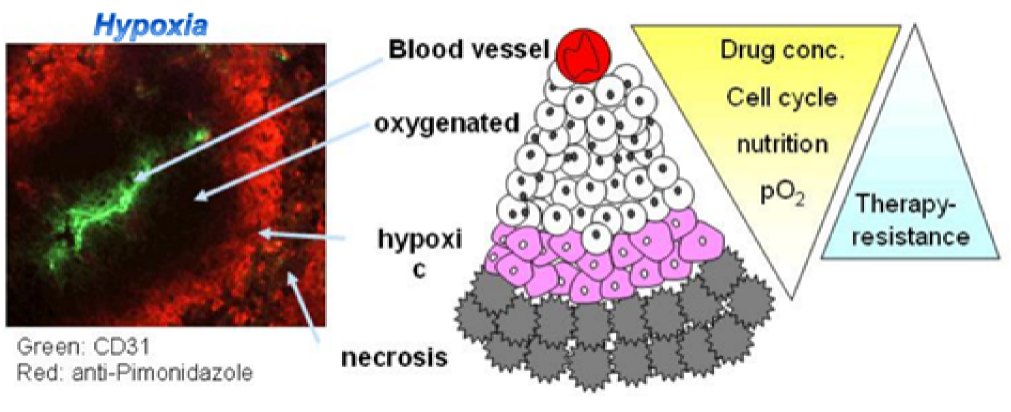
-
Salmonella, as an oncolytic bacterium, has a strong inhibitory effect on tumor growth and a natural aggregation effect on tumors, but it has damage to normal tissues. After modification by synthetic biology, YB1 will automatically lyse when oxygen concentration exceeding 0.5% to achieve tumour-specific hoarding and attack effects.
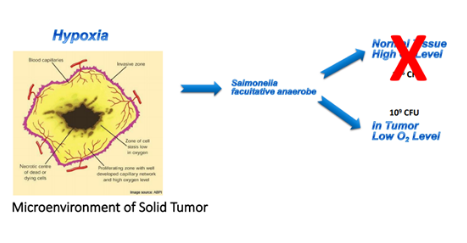
-
According to the world's first tumor hypoxic-specific survival technology, the modified YB1 will spontaneously lyse and die under the condition of high oxygen content (>0.5%), without harming normal organs. In hypoxic conditions (< 0.5%) it will grow and release carrying drugs that attack the tumor.
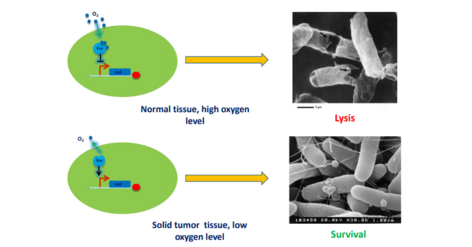
- Precisely guided targeted tumor
- Continuous self-replication within the tumor
- Unleash the assault weapon
-
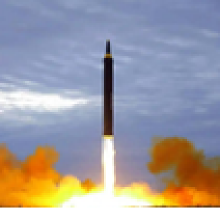 30 minutes after injection
30 minutes after injection· YB1 exerts its precise targeting ability and continuously scan the oxygen concentration in the surrounding environment to look for the location of the tumor.
· If the tumor area is not found within 30 minutes, YB1 will initiate the self-destruct procedure, which will not cause damage to the body.
-
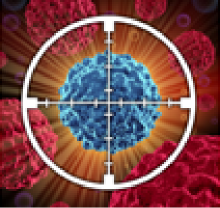 Within 24 hours after injection
Within 24 hours after injection· YB1 identifies tumor hypoxic area(< 0.5% O2).
· YB1 will activate the survival mode within 24 hours and begin to destroy the tumor’s blood circulation system.
· YB1 massively replicates in the tumor area, and increase the number of itself in the tumor.
-
 /24 hours after injection
/24 hours after injection· YB1 continuously replicates itself to form a community.
· At the same time, the YB1 synthetic weapon mechanism is activated to synthesize and release antibodies, protein drugs, mRNA drugs, oncolytic viruses, etc.
· Chain reaction is formed to cause tumor cell death and produce oncolytic effect.
